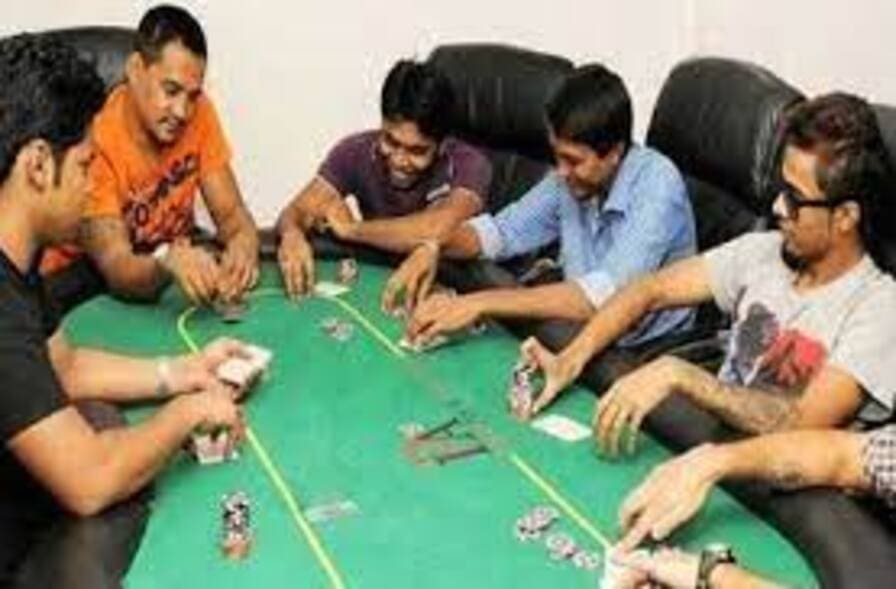When playing poker, the best strategy is based on reading your opponents. The facial expressions, body language and voice are all important factors that help you determine whether or not your opponent is bluffing. However, the ambiguity of Indian poker can make it difficult to formulate a winning strategy. Fortunately, a few simple tricks can help you win more rounds and increase your winnings.
The game of Indian poker is played with two or more players. Each player puts in an ante and is then dealt one card face down. Once everyone has their cards they stick them to their foreheads, which is also where they should place their bets. The dealer then begins the round of betting. Players can bet high or low and they can raise their bets if they feel the need to.
A round of betting ensues and each player will bet based on their own card and what they know about the other players’ cards. The highest card wins the pot and if there is a tie, the players share the pot equally.
While Indian poker is not as popular as Texas hold’em, it is still a fun and profitable game to play with friends. Despite being easy to understand, it does require some skill. This is because you will not be able to see the value of your own card until the end of the hand.
In addition to learning how to read your opponents, you should also practice bluffing. The goal is to get your opponents to believe that you have a better hand than they do. This can be achieved by focusing on your poker face and communicating with your opponents using your body language and voice.
The rules of Indian poker are very similar to those of regular poker, but with a twist. The fact that you can see all the other players’ cards but not your own makes it more challenging to calculate your hand’s strength. Therefore, bluffing becomes more important in Indian poker. You can use your body language and the tone of your voice to convey confidence.
There are many different variations of Indian poker but the basic rule is the same: you cannot see your own card until the end of the hand. The most common variation is the match pot betting, in which every player will announce at the same time whether they’ll call or fold.
The most important thing to remember is that the objective of Indian poker is to win the pot, which contains all the bets placed by the players. To do this, you have to play your cards right and read the other players’ expressions to figure out their cards. Then, you can bet accordingly and try to get them to fold. However, it is important to note that luck is a significant factor in Indian poker, so you should always be careful when bluffing. If you’re not careful, you could lose a lot of money!

